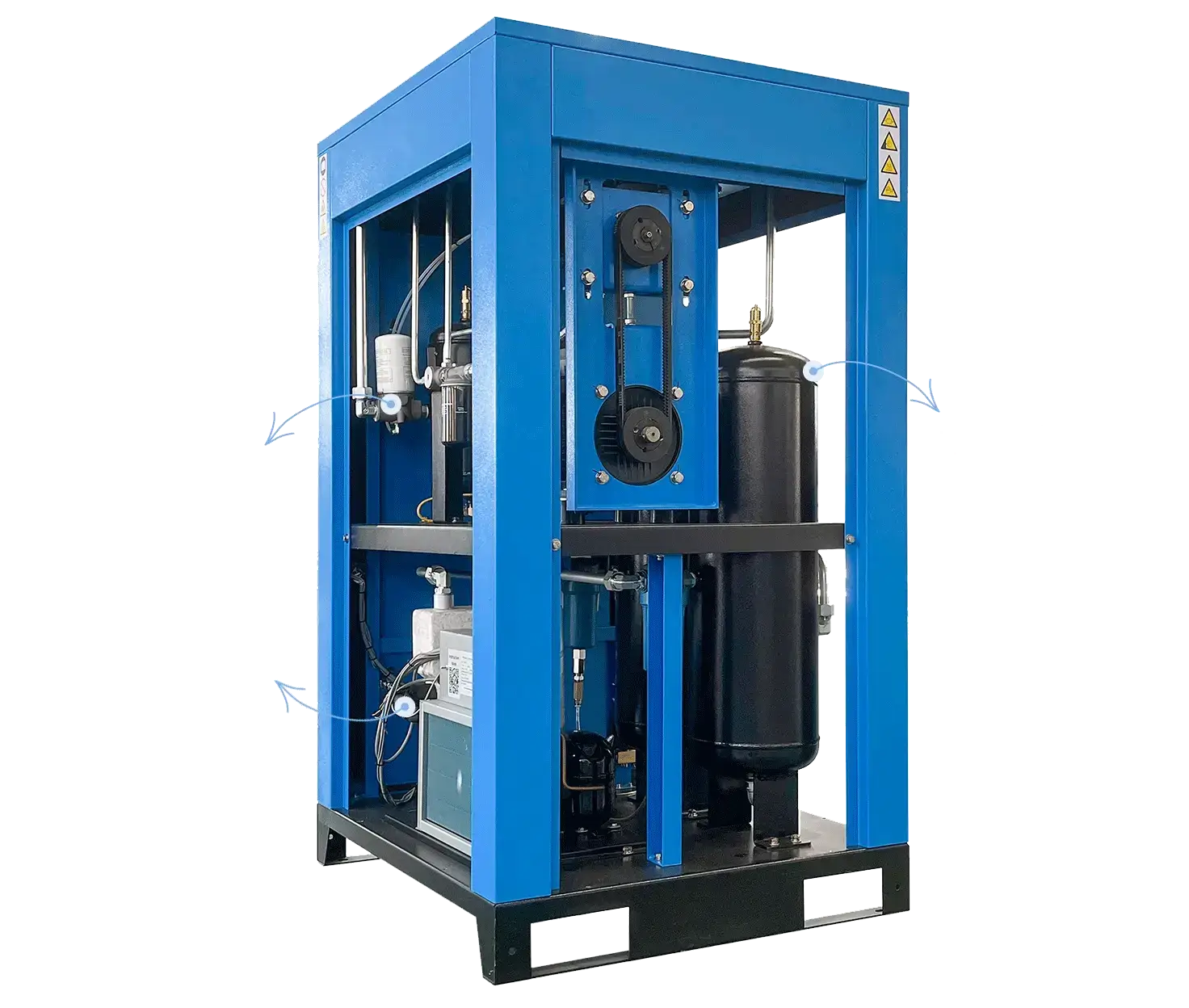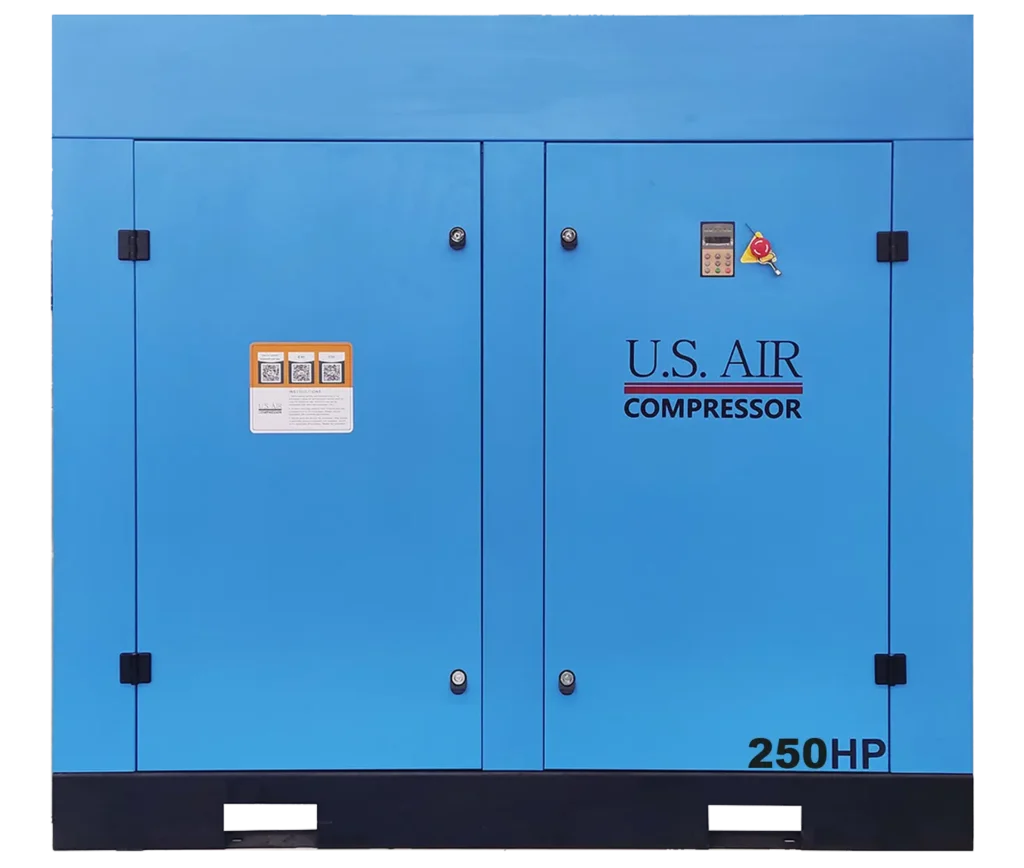Buyer’s Guide to Choosing the Right Industrial Compressor
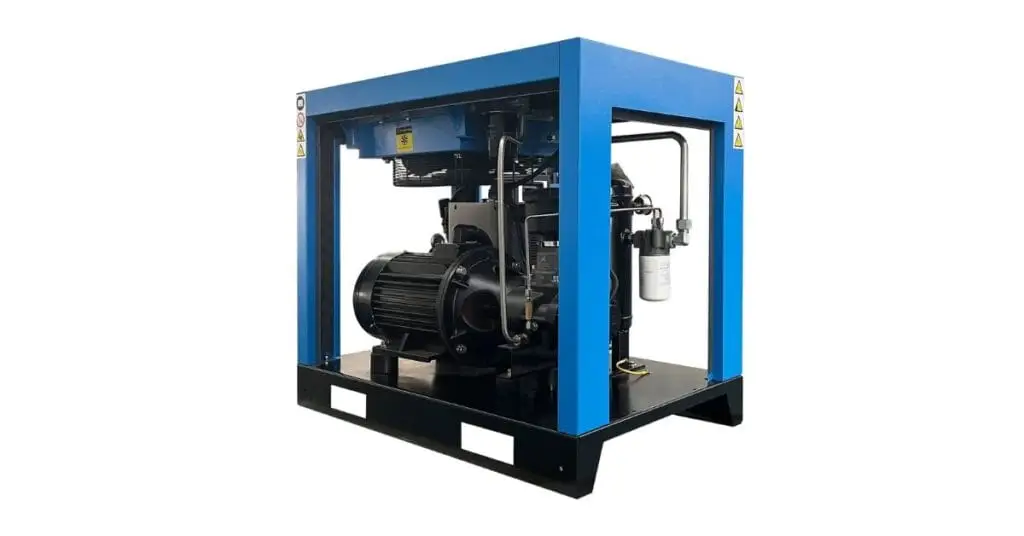
Various industries and applications often use compressed air as an energy source. Compressed air is essential in numerous processes and equipment, from manufacturing plants to dental offices and automotive workshops. Despite its extensive use, misconceptions and gaps in knowledge make it harder for people to know how to find the right compressor for their needs. However, you can easily choose the right industrial compressor with this buyer’s guide.
What Is Compressed Air?
Compressed air involves compressing atmospheric air to increase its pressure for various applications. This process typically requires an air compressor that intakes atmospheric air and pressurizes it for use in different tools or systems. Once compressed, you can store the air in tanks or directly use them to power devices and equipment. The ability to store and transport energy makes compressed air a versatile and valuable resource in many settings.
Why Do People Use Compressed Air?
Compressed air serves diverse purposes, including powering pneumatic tools and machinery, controlling valves and actuators, and providing clean air for breathing purposes. Its versatility and adaptability make it a popular choice in various sectors, such as manufacturing, construction, healthcare, and transportation. Industries often prefer pneumatic systems powered by compressed air due to their reliability, safety, and ease of maintenance.
How Do You Measure Compressed Air?
Measuring the pressure of compressed air means using units such as pounds per square inch (psi) or kilopascal (kPa). Meanwhile, you can gauge the volume of compressed air using cubic feet per minute (cfm) or liters per minute (L/min). These measurements are crucial for selecting the appropriate compressor size and type for different applications to ensure efficient operation and energy use.
Understand Your Company’s Needs
Buyers must have a clear understanding of what their company needs before purchasing an air compressor. Start by identifying the scope of your purchasing responsibilities, which may include everything from office supplies to high-value technology. Determine specific requirements for each purchase, such as quantity, quality standards, and delivery timelines.
Knowledge of your company’s objectives, such as enhancing productivity or reducing costs, along with budget constraints and strategic goals, will help you make the right purchasing decision. Select suppliers that align with the company’s immediate needs and long-term goals. This understanding is the foundation of your role, ensuring that every purchase supports broader company objectives.
Research Potential Suppliers
Conduct thorough research into potential suppliers to ensure they are reliable, reputable, and capable of meeting your company’s requirements. Begin by assessing their history, including their past performance in terms of delivery accuracy and adherence to quality standards. Review their quality control processes to understand how they maintain product standards.
Also, analyze their pricing strategies to ensure competitive rates and evaluate their delivery capabilities to meet your timelines. Considering their financial stability, ethical practices, and customer reviews will also help you build a comprehensive profile so you can know what you’re buying.
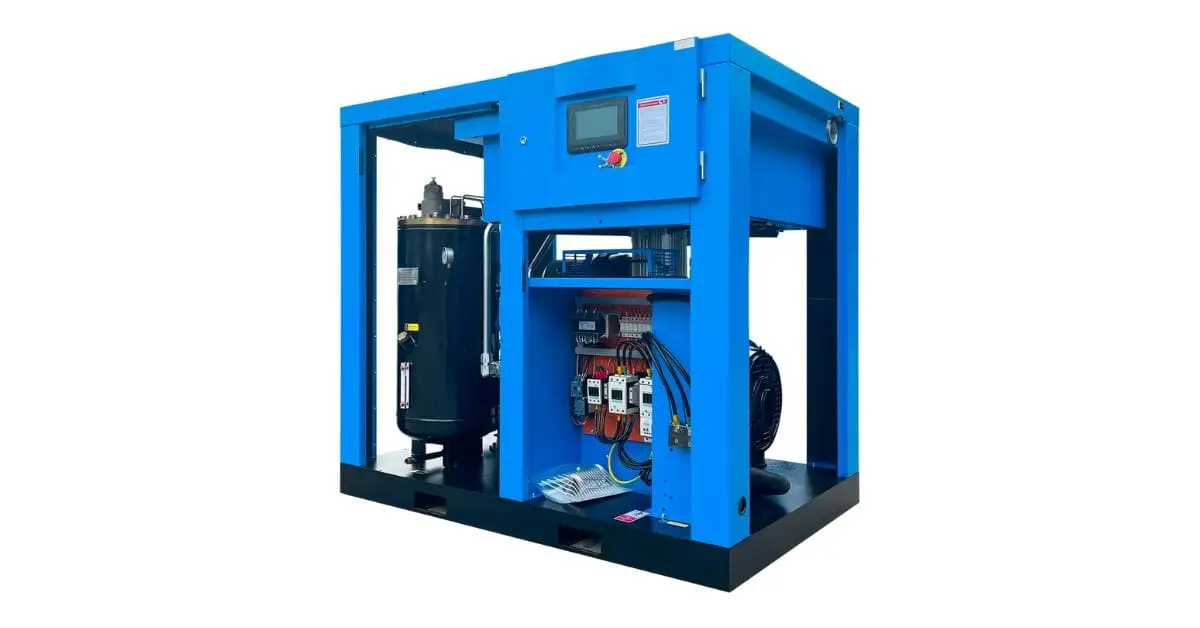
Build Relationships With Suppliers
Developing strong relationships with suppliers is crucial to successful purchasing. By building trust and open communication channels, you can negotiate better deals, receive priority service, and create long-term partnerships that benefit both parties. Hosting quarterly or monthly meetings and consistent communication through emails or video calls can foster a collaborative environment. Strong relationships can also result in mutual growth, as your success can lead to increased business for your suppliers.
Keep Track of Market Trends
Stay updated on market trends, including changes in supplier prices or the availability of certain products or services. This information can help you make informed purchasing decisions and anticipate potential supply chain disruptions, such as shortages or increased lead times. Understanding these trends can also provide a competitive advantage, allowing your company to adapt quickly to market conditions. Regularly reviewing industry reports, attending trade shows, and networking with peers can also help you stay on top of the market and keep your company ahead of the curve.
Negotiate Effectively
Effective negotiation skills are essential for buyers to ensure cost-effective purchasing. Be confident in communicating your company’s needs and expectations while being open to compromise. Approach negotiations with a clear understanding of your objectives and the supplier’s perspective. Aim for a win-win situation where both parties feel satisfied with the agreement.
Monitor Supplier Performance
Monitoring supplier performance is crucial to ensure they meet the agreed-upon terms and quality standards. Keep track of delivery times, checking for promptness and reliability, as well as product quality, to ensure everything meets your expectations. Also, evaluate customer service levels to promptly identify any issues.
Regular performance reviews, such as quarterly evaluations and feedback sessions, can also help you maintain high standards and foster continuous improvement in your business. Thankfully, when you address concerns early, you can work with suppliers and find the air compressor that helps you prevent future disruptions.
Review Contracts Carefully
Review the supplier’s contract before signing to ensure all terms are fair and favorable for your company. Pay attention to key components such as:
- Delivery schedules
- Payment terms
- Confidentiality clauses
- Legal obligations
Make sure the terms regarding penalties for non-compliance or late deliveries are clear. Seeking legal advice will help you avoid potential risks or loopholes that could negatively impact your company. A thorough review safeguards your company’s interests and establishes a strong relationship with your suppliers.
Communicate Clearly
Effective communication is a cornerstone of the purchasing process. Make sure you clearly communicate your company’s needs, expectations, and any changes in requirements or deadlines to suppliers to avoid misunderstandings. This communication involves sending emails and making phone calls while building strong relationships with suppliers through regular updates and feedback sessions. Developing strong communication skills can also boost collaboration, foster trust, and lead to more successful outcomes for your business.
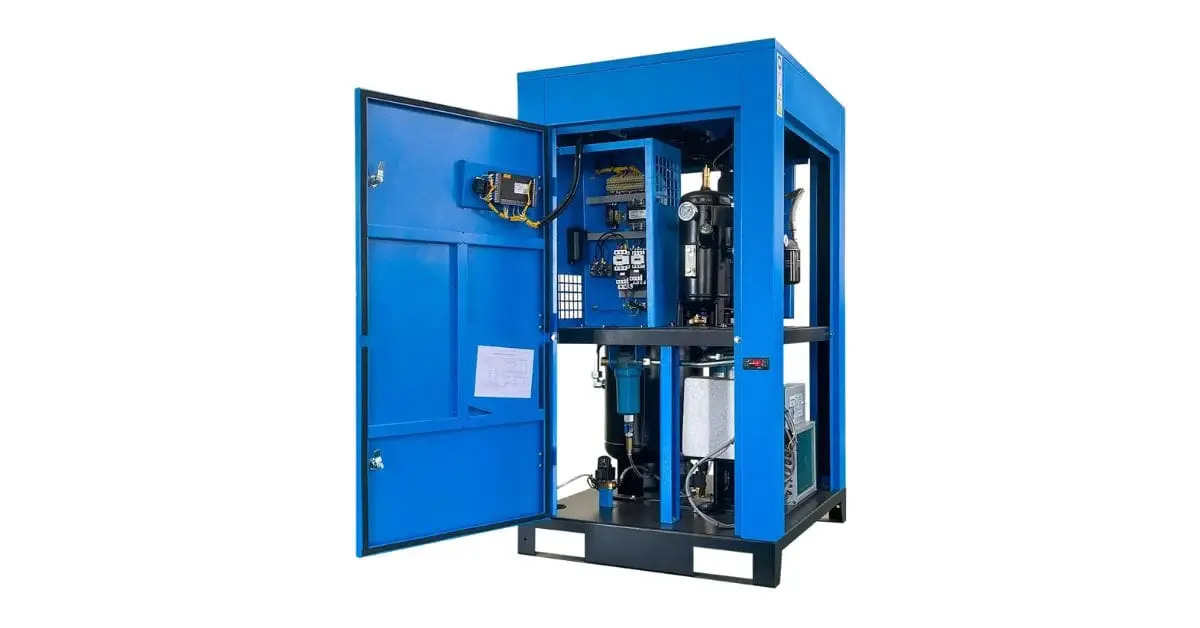
Continuously Improve
Always strive for continuous improvement in your processes and decision-making. Seek feedback from suppliers and colleagues to identify areas of improvement and implement necessary changes to enhance your performance. Embracing new technologies, methodologies, and best practices will also help you stay ahead in the purchasing field. This continuous improvement might involve:
- Adopting innovative procurement software
- Attending professional development courses
- Participating in industry forums
Learning more about air compressors and the market can help you navigate the purchase process with confidence.
Choosing the right industrial compressor isn’t always easy, but with this buyer’s guide, it can be. Ensure you’re getting the air compressor that’s right for your industry by understanding its uses and what your company needs one for—and U.S. Air Compressor can help if you’re unsure. Our selection of industrial air compressors can help you cut costs and improve efficiency. Don’t hesitate to work with us if those benefits sound good to you!





